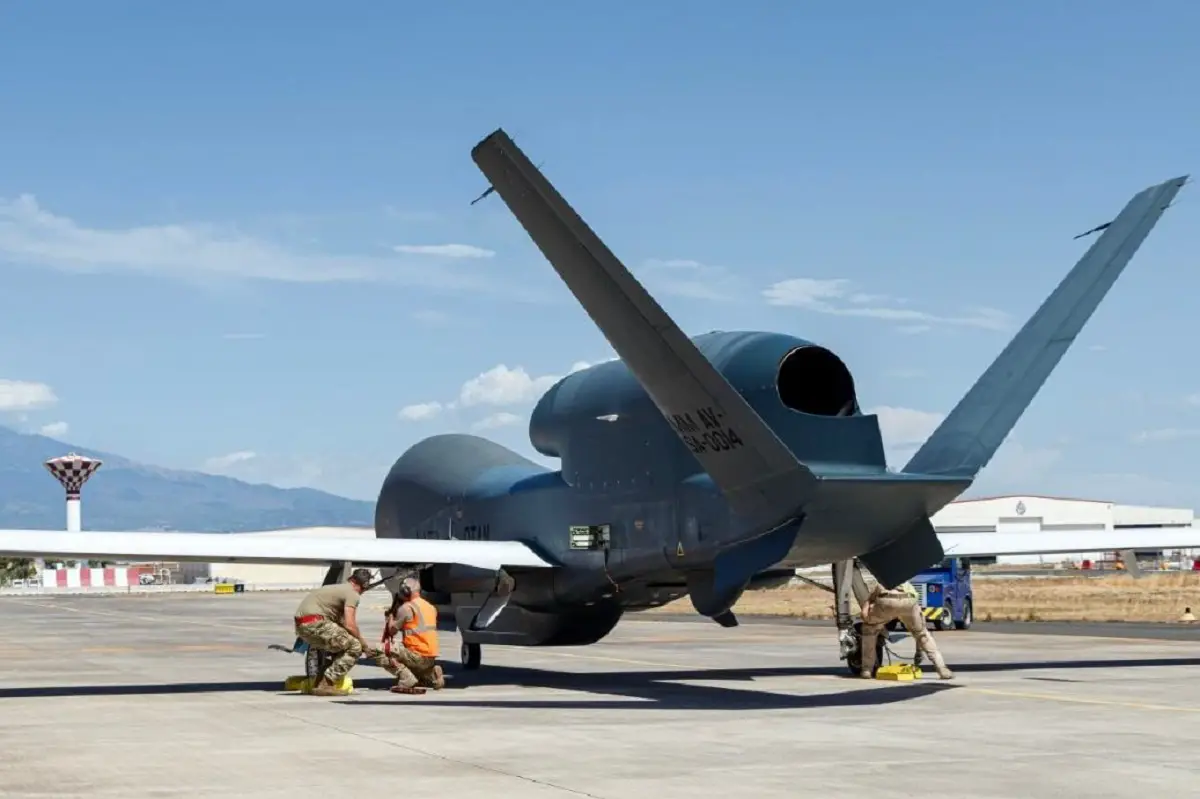NATO’s Intelligence, Surveillance and Reconnaissance Force (NISRF) has provided real-world data for Alliance decision makers for five years. During exercise Nordic Response, the Force’s RQ-4D remotely piloted aircraft provides this unique support enhancing multinational training in the High North. Just last September, six months after Finland joined NATO, the NISRF successfully completed its first mission in the High North. Now, this unique Alliance organisation is participating in one of the largest NATO exercises since the Cold War. Over 20,000 soldiers from 14 NATO Allies participate in exercise Nordic Response 2024 as a part of the Steadfast Defender exercise series, in Norway, Finland and Sweden.
“In today’s complex environment, decision-ready, actionable intelligence provided at the speed of need is one of our greatest weapons. As the Alliance’s premier ISR unit, NISRF provides the foundation for informed decisions, allowing NATO to anticipate threats and react quickly,” stated Brigadier General Clark.
“Nordic Response 24 is a fantastic opportunity to sharpen our capabilities in a demanding Nordic environment. Working alongside our Allies, we’ll enhance our ability to gather and share critical intelligence, enabling a swift and coordinated response to any potential threat,” said Brigadier General Andrew Clark, NISRF Commander.

This week, NISRF collected data in the air over the High North with its own NATO RQ-4D “Phoenix” remotely piloted aircraft. These assets can remain airborne more than 30 hours per mission and collected intelligence data in support of exercise in Nordic Response 24. NISRF analysts use this data to process, exploit and disseminate intelligence products to all 32 Alliance members from the Force’s Main Operating Base at Sigonella Air Base, Sicily. While the multinational exercise Nordic Response concludes on March 14, NATO’s exercise series Steadfast Defender will run until the end of May 2024. With a total exercise force of more than 90,000 it demonstrates the unbreakable bond between NATO Allies in Europe and North America, who have kept over one billion people safe for 75 years.
Since the beginning of 2022 and Russia’s brutal war in Ukraine, NATO’s ISR Force has become increasingly important generating intelligence data for the Alliance. It was only in September of this year that the force was renamed from NATO Alliance Ground Surveillance Force to NATO Intelligence, Surveillance and Reconnaissance Force. An important and logical step, as the new name now reflects reality – Sigonella has become a hub for the NATO ISR domain. Big steps were taken this year. New name, first mission over Finland and moving into the new building at NISRF’s disposal in Sigonella. NATO ISR Force flew significantly more missions than last year – eastern flank, Baltic Sea, Black Sea and High North. With its own five NATO RQ-4D “Phoenix” remotely piloted aircraft, NATO ISR Force had 30 percent more flying hours compared to last year.













